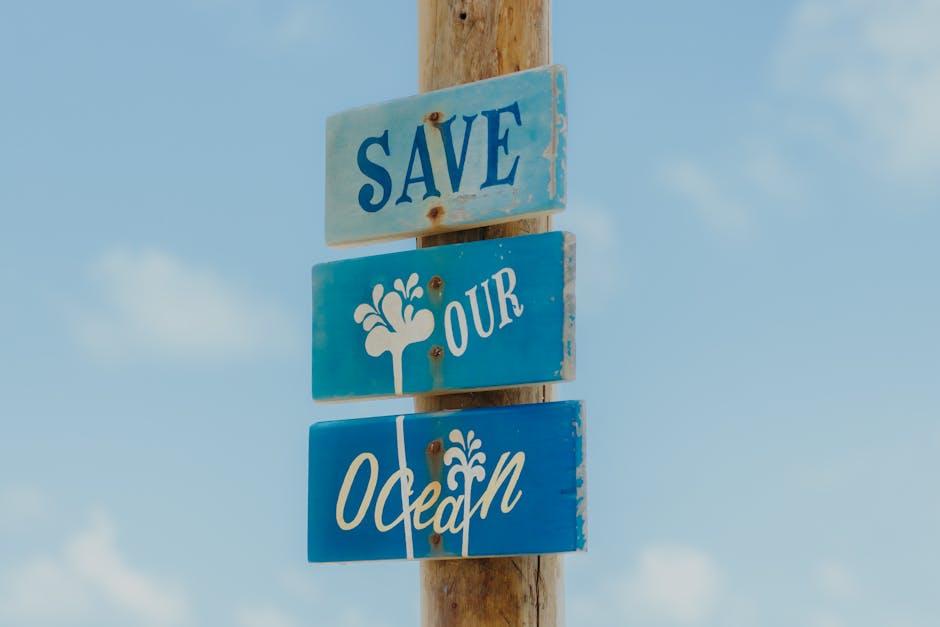How can individuals contribute to environmental stewardship?
The Importance of Environmental Stewardship
As we face increasing challenges due to climate change, pollution, and the depletion of natural resources, the concept of environmental stewardship has never been more crucial. This article delves into what environmental stewardship means, why it’s important, and how individuals and communities can contribute towards a sustainable future.
What is Environmental Stewardship?
Environmental stewardship refers to the responsible use and protection of the natural environment through conservation and sustainable practices. This involves various activities aimed at preserving natural resources, reducing pollution, and promoting ecosystems’ health.
Why Environmental Stewardship Matters
There are several key reasons why environmental stewardship is important:
- Resource Preservation: Ensuring that vital resources like water, wood, and minerals are available for future generations.
- Biodiversity: Protecting various species from extinction, which maintains ecosystem balance.
- Climate Regulation: Mitigating the effects of climate change through carbon sequestration and renewable energy.
- Health Benefits: Reducing pollution levels, leading to better public health outcomes.
- Economic Benefits: Sustainable practices can lead to economic growth through green jobs and industries.
Benefits of Environmental Stewardship
Implementing effective environmental stewardship practices offers numerous benefits:
Environmental Benefits
- Improved air and water quality
- Enhanced soil health
- Increased biodiversity
- Reduction in greenhouse gases
Social Benefits
- Greater community awareness and engagement
- Improved public health
- Enhanced quality of life
Economic Benefits
- Creation of green jobs
- Long-term cost savings
- Boost in local economies through sustainable tourism
Practical Tips for Practicing Environmental Stewardship
Everyone can contribute to environmental stewardship in meaningful ways. Here are some practical tips:
- Reduce, Reuse, Recycle: Follow the three R’s to minimize waste.
- Conserve Water: Use water-saving fixtures and avoid wastage.
- Energy Efficiency: Use energy-efficient appliances and switch to renewable energy sources.
- Sustainable Transportation: Opt for public transport, carpool, or use bicycles.
- Support Local: Buy local produce to reduce the carbon footprint associated with transportation.
Case Studies in Environmental Stewardship
Several communities and organizations have taken exemplary steps towards environmental stewardship. Below are a few notable case studies:
| Case Study | Location | Initiative |
|---|---|---|
| Sustainable City | Freiburg, Germany | Green buildings, renewable energy, extensive parks |
| Coral Reef Restoration | Belize | Community-led marine conservation |
| Urban Farming | Detroit, USA | Urban agriculture, local food production |
First-Hand Experience
According to recent testimonials, practicing environmental stewardship provides personal satisfaction and a sense of community:
“Transitioning to a zero-waste lifestyle has not only reduced my carbon footprint but also connected me with a community of like-minded individuals.” – Emma, a New York resident.
These personal stories highlight how impactful small changes can be when adopted by a larger community.
Conclusion
Environmental stewardship is an essential practice for the sustainability of our planet. It encompasses a range of activities and principles that aim to protect and preserve our natural resources. The benefits are extensive and affect not just the environment but also our health, society, and economy. By adopting sustainable practices and supporting initiatives aimed at conservation and sustainability, we can contribute to a healthier and more vibrant planet. Every action counts, and together, we can make a significant difference.
